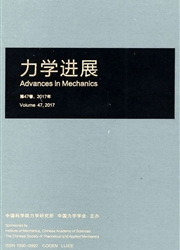

 中文摘要:
中文摘要:
有弹性的模量的 anisotropy 和牙齿的坚硬借助于 instrumented 缩进方法被调查。如此的性质基于扫描电子被归因于牙齿的唯一的微观结构显微镜的分析。由把在坚硬的比率之间的关系比作减少的橡皮,模量和有弹性的卸掉的比率另外的材料在缩进的路线工作到牙齿的全部的工作到那些,我们发现牙齿的材料行为显示传统地考虑了的像金属的特征而非陶艺。这些材料行为和相关功能简短被讨论。
 英文摘要:
英文摘要:
The anisotropy and gradient of the elastic modulus and the hardness of teeth were investigated by means of instrumented indentation method. Such properties are attributed to the unique microstructures of teeth based on scanning electron microscopic analysis. By comparing the relationship between the ratio of hardness to the reduced elastic modulus and the ratio of elastic unloading work to the total work of teeth in course of indentation to those of other materials, we found that the material behaviors of teeth display metal-like characteristics rather than ceramics as considered traditionally. These material behaviors and relevant functions are discussed briefly.
 同期刊论文项目
同期刊论文项目
 同项目期刊论文
同项目期刊论文
 Anisotropic, gradient and met-like mechanical behaviors of teeth and their implications on tooth fun
Anisotropic, gradient and met-like mechanical behaviors of teeth and their implications on tooth fun Experimental study for the microstructure and nanomechanical properties of the wing membrance of dra
Experimental study for the microstructure and nanomechanical properties of the wing membrance of dra 期刊信息
期刊信息
